PostTime:4/19/2022
The "Guangdong-Technion Leadership in Science and Technology Lecture Series" has been held at GTIIT to provide a platform for high-impact dialogues that explore topics that are pertinent to our faculty, our students, and our community.
Prof. Ron Naaman, Professor Emeritus of the Weizmann Institute of Science, also the member of Academia Europaea, shared his latest research achievements in the field of chirality in popular and scientific perspectives for GTIIT faculty and students.

An object of a system is chiral if it is distinguished from its mirror image, that is, it cannot be superimposed onto it, like our hands. "Why people are so curious about the origin of life? Because only when they find all the constraints that had to exist when life was formed, then can they find more unknown life, even create new life. Based on our research, most molecules forming life are chiral, thus we can draw the conclusion that all kinds of life are tightly associated with chirality," said Prof. Ron Naaman.
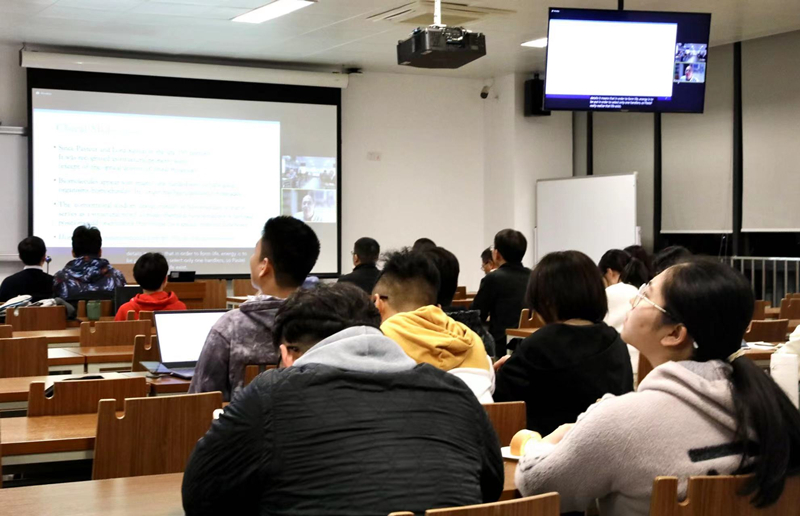
To further show the characteristic of chiral molecules, Prof. Ron Naaman introduced an important experiment conducted by Israeli and German institute, which found that if DNA is far beyond the microscopic level and usually operates at room temperature, then it has the ability to distinguish the quantum spin state of elementary particles. "When an electron is transmitted through chiral molecules, one spin is preferred over the other. The preferred spin depends on the handedness of the molecule; namely, for one enantiomer the preferred spin polarization is parallel to the electron momentum, whereas for the opposite enantiomer it is directed anti-parallel to the electron momentum. This effect is known as the chiral-induced spin selectivity (CISS) effect. CISS effect well explains why chirality is preserved so persistently through evolution."
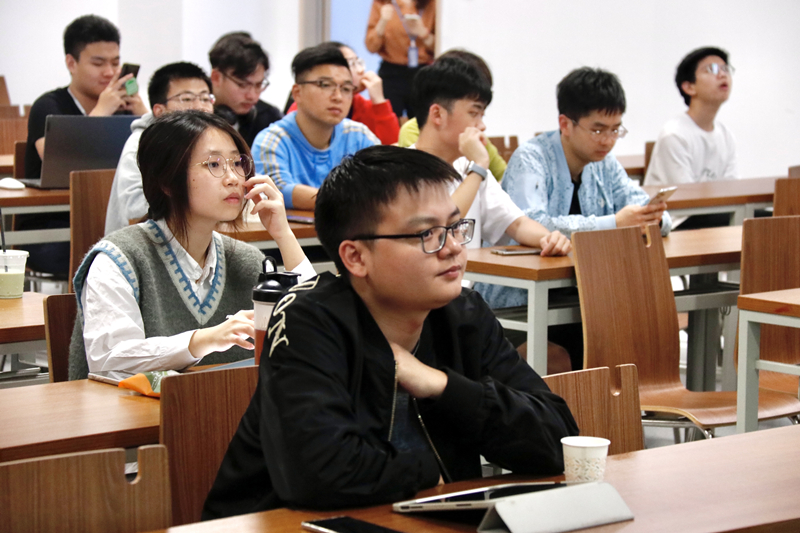
Why chirality is so significant for life? Based on the the special characteristic of chirality, Prof. Naaman got the conclusion, "It allows long range electron transfer; it enhances bio-interactions; it provides better control on multiple-electrons redox reaction; it makes respiration efficient."
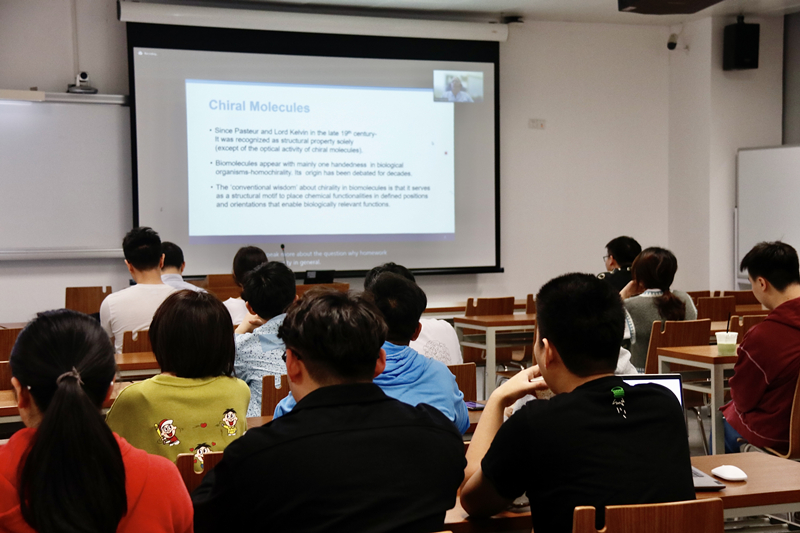
The "conventional wisdom" about chirality in bio-molecules is that it serves as a structural motif to place chemical functionalities in defined positions and orientations that enable biologically relevant functions. In the scientific lecture, Prof. Naaman highlighted four research directions conducted by his team: spin dependent electron conduction through chiral molecules at room temperature, temperature dependent magneto-resistance study, enantio-separation using magnetic substrate, spin dependent electron transfer through proteins. Among them, the finding that charge polarization in chiral molecules is accompanied by spin polarization, sheds light on spin-dependent interaction between chiral molecules and between them and the magnetic surface.
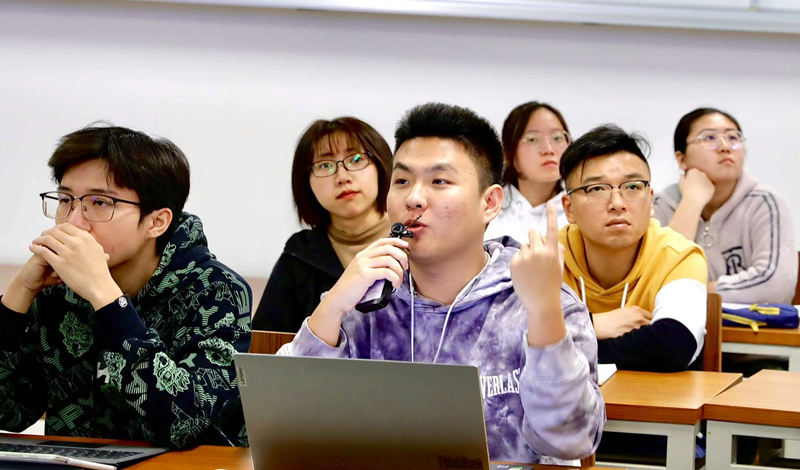
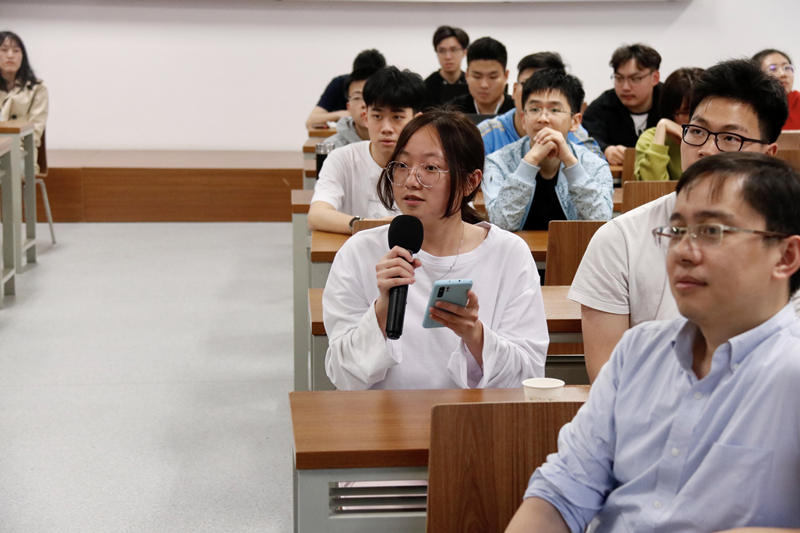
"When Lord Kelvin first raised the concept of 'chirality' in 19 century, it marked that a new field in science has been found. Especially after Pasteur finished that most beautiful experiment in chemistry, separation experiment of tartrate optical isomers, the charm of chirality shined a lot. Now, there are still some valuable research directions: enantio-specific interaction, enantio-separation, controlling multiple electrons reaction, and spin selective chemistry."
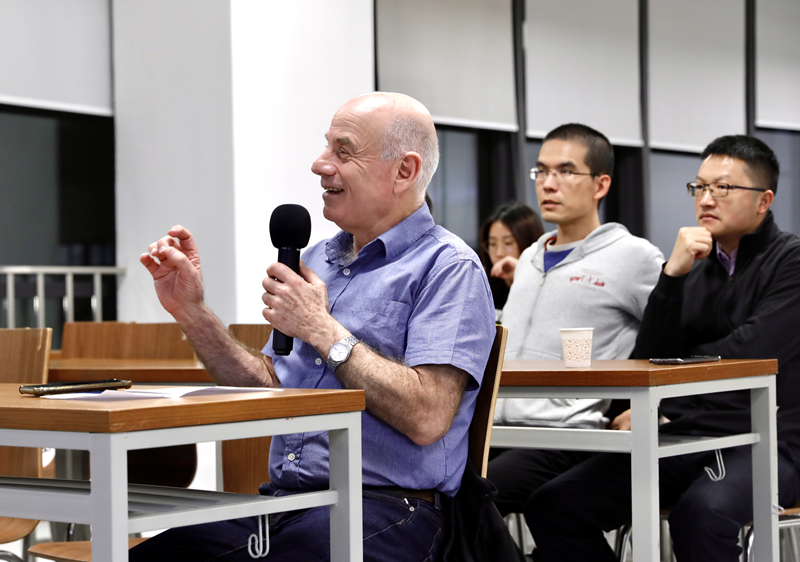
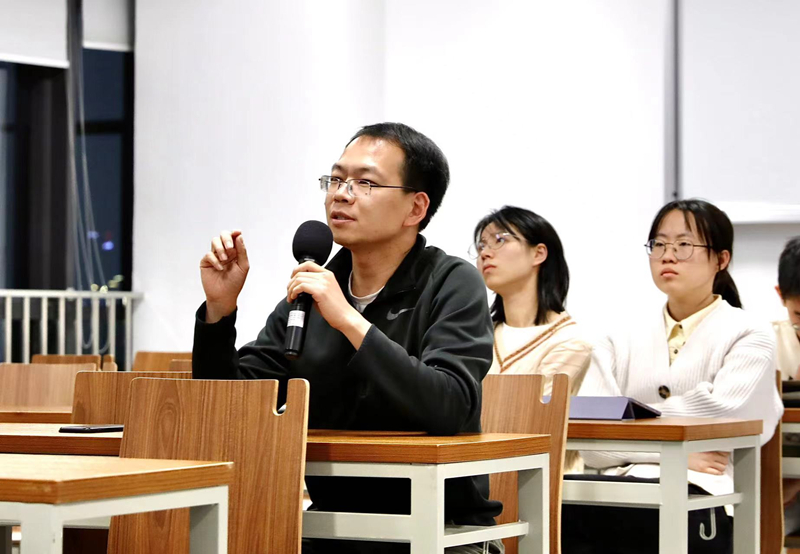
Prof. Xie Zuoti from GTIIT Materials Science and Engineering Program, who have participated in Prof. Naaman's team during his postdoctoral study, said, "These two lectures thoroughly showed the characteristic of chirality. Prof. Naaman shared his most valuable research results, and I think this can bring a lot of inspirations to our students."
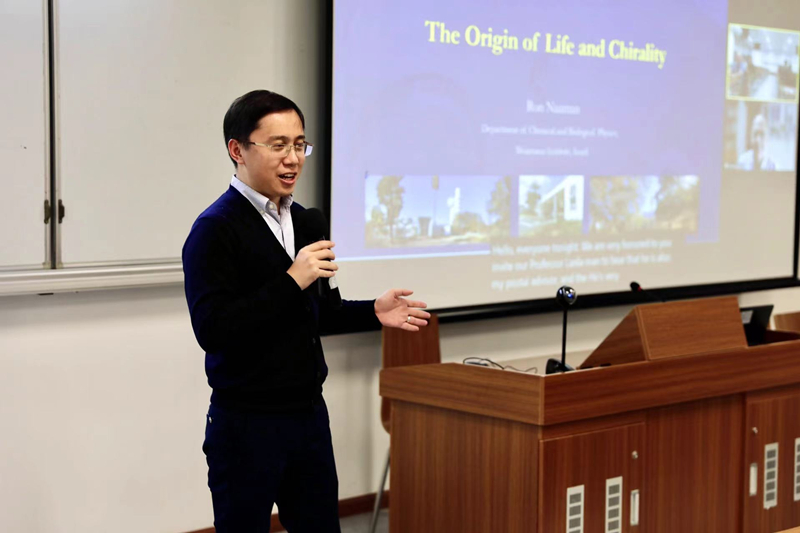
Text: Liu Huayi, GTIIT News & Public Affairs
Photos: Yan Rundong, GTIIT News & Public Affairs
© GUANGDONG TECHNION-ISRAEL INSTITUTE OF TECHNOLOGY | 粤ICP备17036470号
